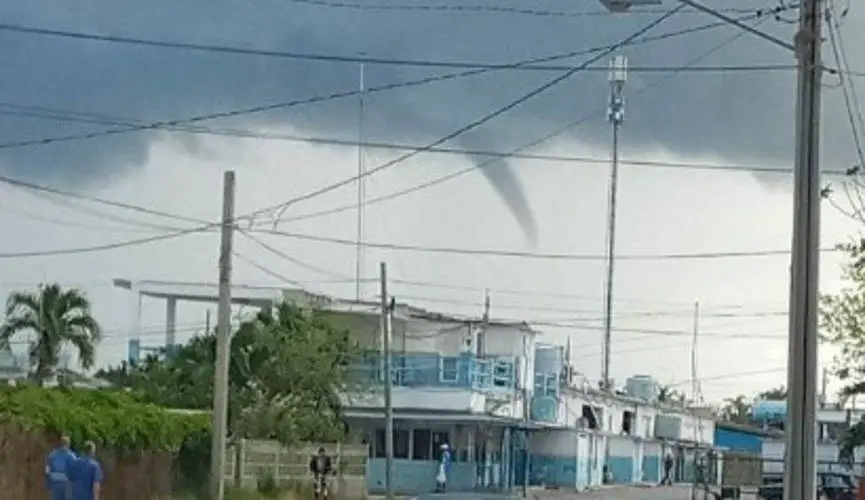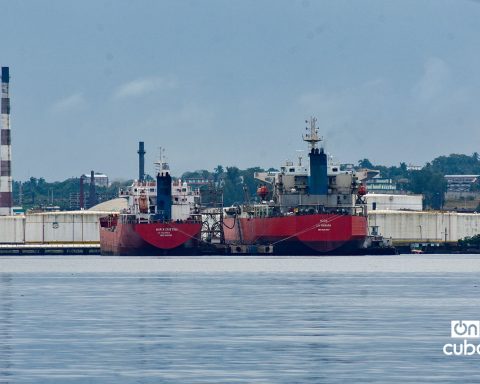MIAMI, United States. — The Forecast Center of the Cuban Institute of Meteorology (INSMET) reported on a waterspout that was seen this Monday in the vicinity of Rincón de Guanabo, in Havana.
The report from that state body indicates that the phenomenon occurred shortly before ten in the morning.
“Around 9:45 am, in a rainy area, a waterspout was seen in the vicinity of Rincón de Guanabo in height. The system lasted about three minutes and did not make landfall,” said the INSMET Forecast Center in Twitter.
Around 9:45 am, in an area of showers, a waterspout was seen in the vicinity of Rincón de Guanabo. The system lasted about 3 minutes and did not make landfall.
? Erick Diaz Molina
✍️ MSc. Carlos Manuel Gonzalez (@CarlosM30178121) pic.twitter.com/PvnPIctImT
— Forecast Center, Insmet (@cnp_insmet_cuba) April 10, 2023
Waterspouts have become frequent in Cuba in recent years. Many of them have been captured on camera both by state entities and by fans.
On October 19, 2022, INSMET itself reported one of these phenomena very close to the Morro de La Habana.
A month and a half earlier, on September 7, a waterspout was sighted about the Aviles Dam of the municipality of Cumanayagua, in the province of Cienfuegos. According to witnesses, the phenomenon could be seen for more than 20 minutes —between approximately 5:25 and 5:50 pm— with very slow movement and great height of the base cloud.
A waterspout is a weather phenomenon that occurs when a storm cloud forms over water, creating a rotating funnel of wind that descends from the cloud toward the water’s surface. It is similar to a tornado, but it forms over water instead of land.
Waterspouts can be dangerous to boats and people in the nearby water. They can also cause coastal damage when they come ashore. Waterspouts can be relatively small and last only a few minutes, or they can be larger and last for several minutes or even hours.
Science divides them into two categories: tornadic and non-tornadic waterspouts. Tornadic waterspouts are similar to tornadoes and have extremely strong winds that can cause significant damage. Non-tornadic waterspouts, on the other hand, have weaker winds and are less dangerous.















